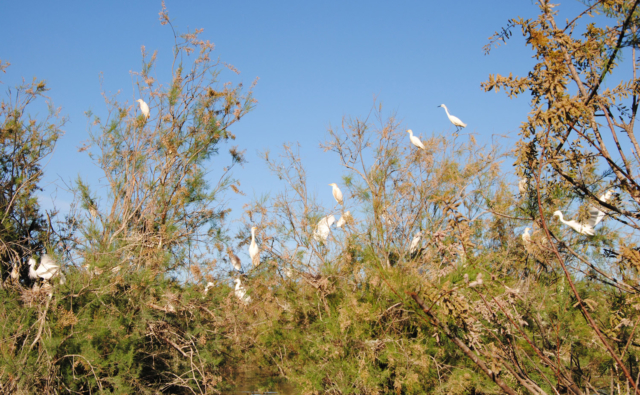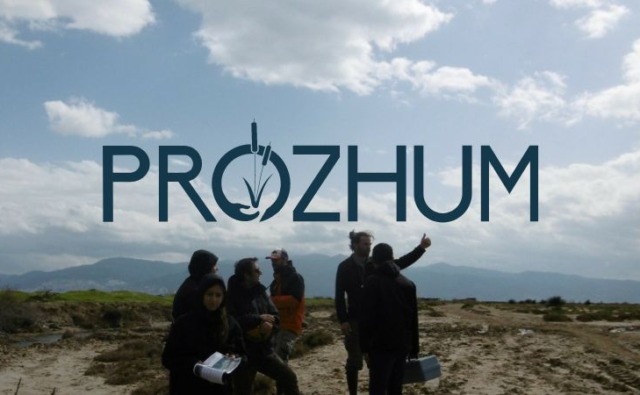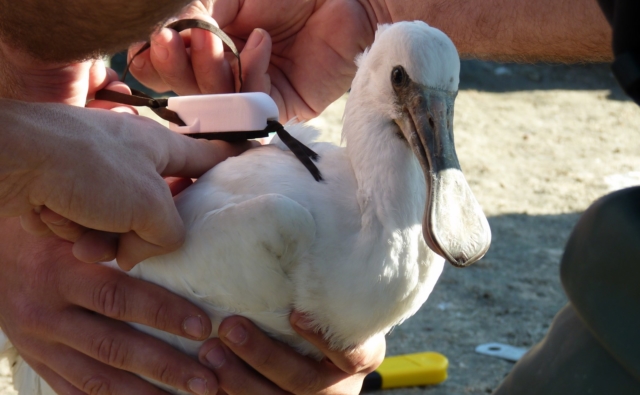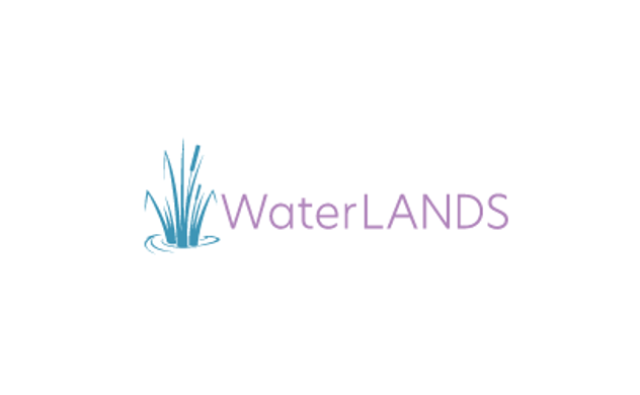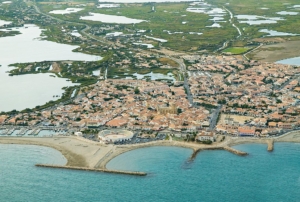 This article was published in the Ecosystem Services journal in August 2019.
This article was published in the Ecosystem Services journal in August 2019.
Information and numbers on the use and appreciation of nature are valuable information for protected area (PA) managers. A promising direction is the utilisation of social media, such as the photo-sharing website Flickr. Here we demonstrate a novel approach, borrowing techniques from machine learning (image analysis), natural language processing (Latent Semantic Analysis (LSA)) and self-organising maps (SOM), to collect and interpret >20,000 photos from the Camargue region in Southern France. From the perspective of Cultural Ecosystem Services (CES), we assessed the relationship between the use of the Camargue delta and the presence of natural elements by consulting local managers. Clustering algorithms applied to results of the LSA data revealed six distinct user groups, which included those interested in nature, ornithology, religious pilgrimage, general tourists and aviation enthusiasts. For each group, we produced high-resolution spatial and seasonal maps, which matched known recreational attractions and annual festivals in the Camargue. The accuracy of the group identification, and the spatial and temporal patterns of photo activity, in the Camargue delta were evaluated by local managers of the Camargue regional park. This study demonstrates how PA managers can harness social-media to monitor recreation and improve their management decision making.
You can access it on the Tour du Valat documentary web portal here.
Bibliographical reference: Gosal A.S., Geijzendorffer I.R., Václavík T., Poulin B., Ziv G. 2019. Using social media, machine learning and natural language processing to map multiple recreational beneficiaries. Ecosystem Services 38:100958. doi: 10.1016/j.ecoser.2019.100958. doi: 10.1016/j.ecoser.2019.100958
Photo : aerial view of the Saintes-Maries-de-la-Mer by Jean-Louis Vandevivère — https://www.flickr.com/photos/vandevivere/2815718138/, CC BY-SA 2.0, https://commons.wikimedia.org/w/index.php?curid=15248379
